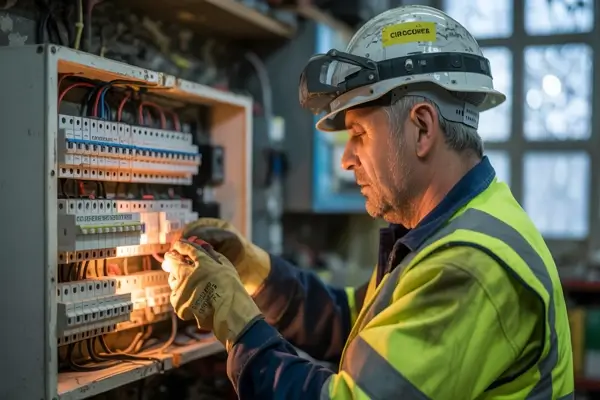Electricians Risk Assessment

A comprehensive pre-filled risk assessment for electrical installations.
Electricians play a crucial role in the installation, maintenance, and repair of electrical systems and equipment, ensuring they operate safely and meet all relevant regulatory standards. Their responsibilities encompass a wide range of tasks, including, but not limited to, the meticulous wiring of residential, commercial, and industrial buildings, the precise installation of outlets and lighting fixtures, and the efficient troubleshooting of electrical issues that may arise.
In addition to these core functions, electricians conduct thorough inspections of existing electrical systems to identify potential hazards and inefficiencies. They work with a variety of components, such as circuit breakers, switches, transformers, and advanced lighting systems, to ensure optimal performance. Electricians also stay current on the latest technologies and advancements in electrical systems to implement energy-efficient solutions and integrate smart homes. Their expertise not only enhances safety but also contributes to overall energy conservation efforts.
This document is:
- Recognised by local authorities
- Recognised by principal contractors
- Suitable for CDM sites
- Approved by H&S managers
It increases your chance of winning tenders and has been written by trained health and safety professionals.
If you want others to have confidence in your company, download and buy the proper documents today.
As with all our documents, our risk assessments are in Word™ format and available for instant download and use. You only need to buy them once.
Once you buy and download this document, it’s yours for life to use repeatedly.
Download this risk assessment today, put your company details on, and use it immediately.
Give people confidence in you, your company, your products and services.
Some sample text from this document reads:
' Knee damage (from kneeling)'
• Musculoskeletal knee problems may occur if body weight is predominantly on the knees.
• Provision of suitable PPE for knee protection, either in the form of workwear with integral knee protection (recommended) or independent knee pads
• Raise work off the floor when possible to eliminate kneeling or squatting
• Avoid remaining in one posture for extended lengths of time
• Sit on the toolbox instead of kneeling or squatting where possible
Why not browse the HSEDocs catalogue of method statements, risk assessments, COSHH assessments, or industry-specific packages?
GET THIS DOCUMENT
£8.99+VAT
- Available in Word™
- Fully customisable
- Add your Company Logo
- UK & EU Compliant

 CART
CART 